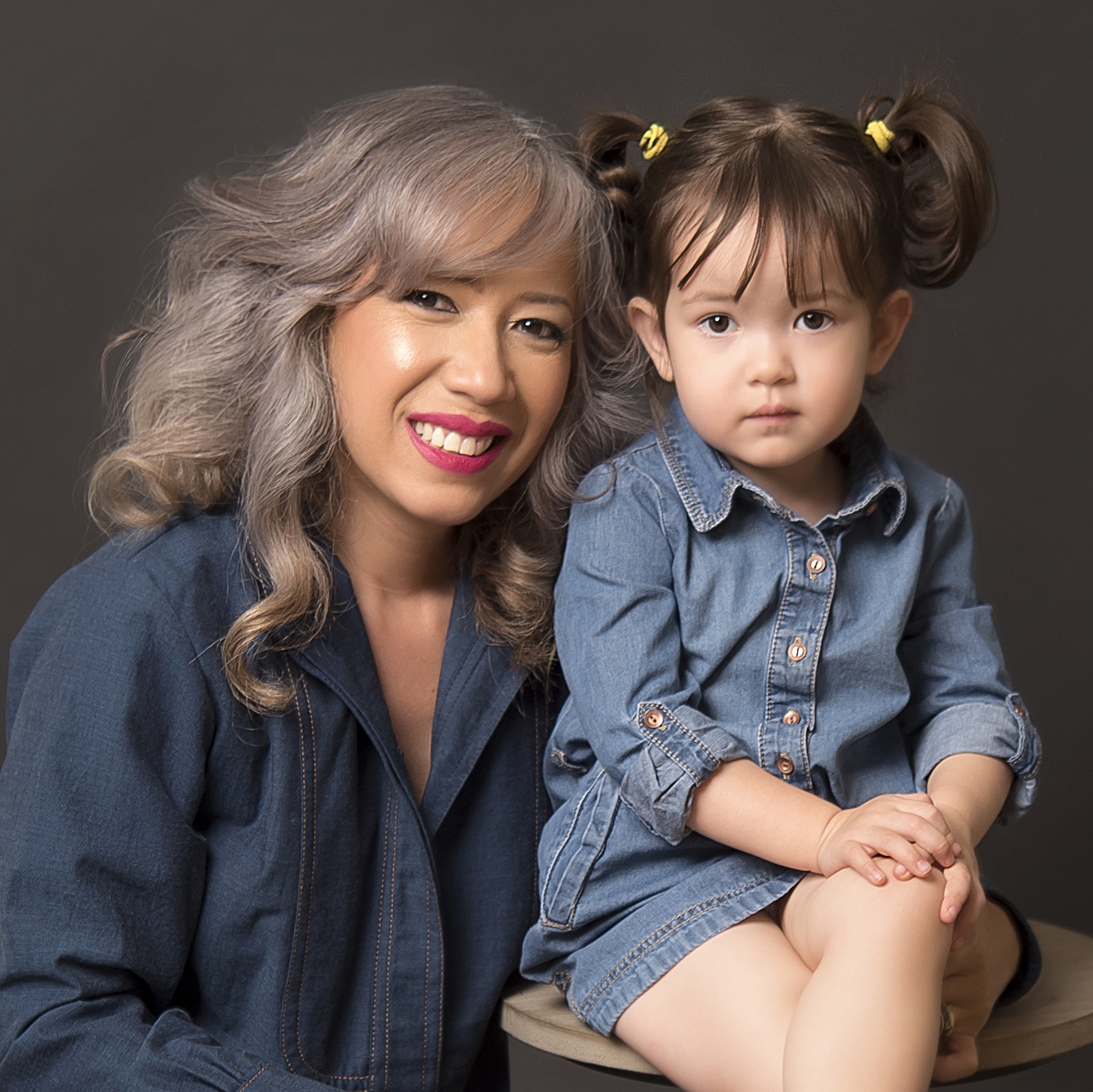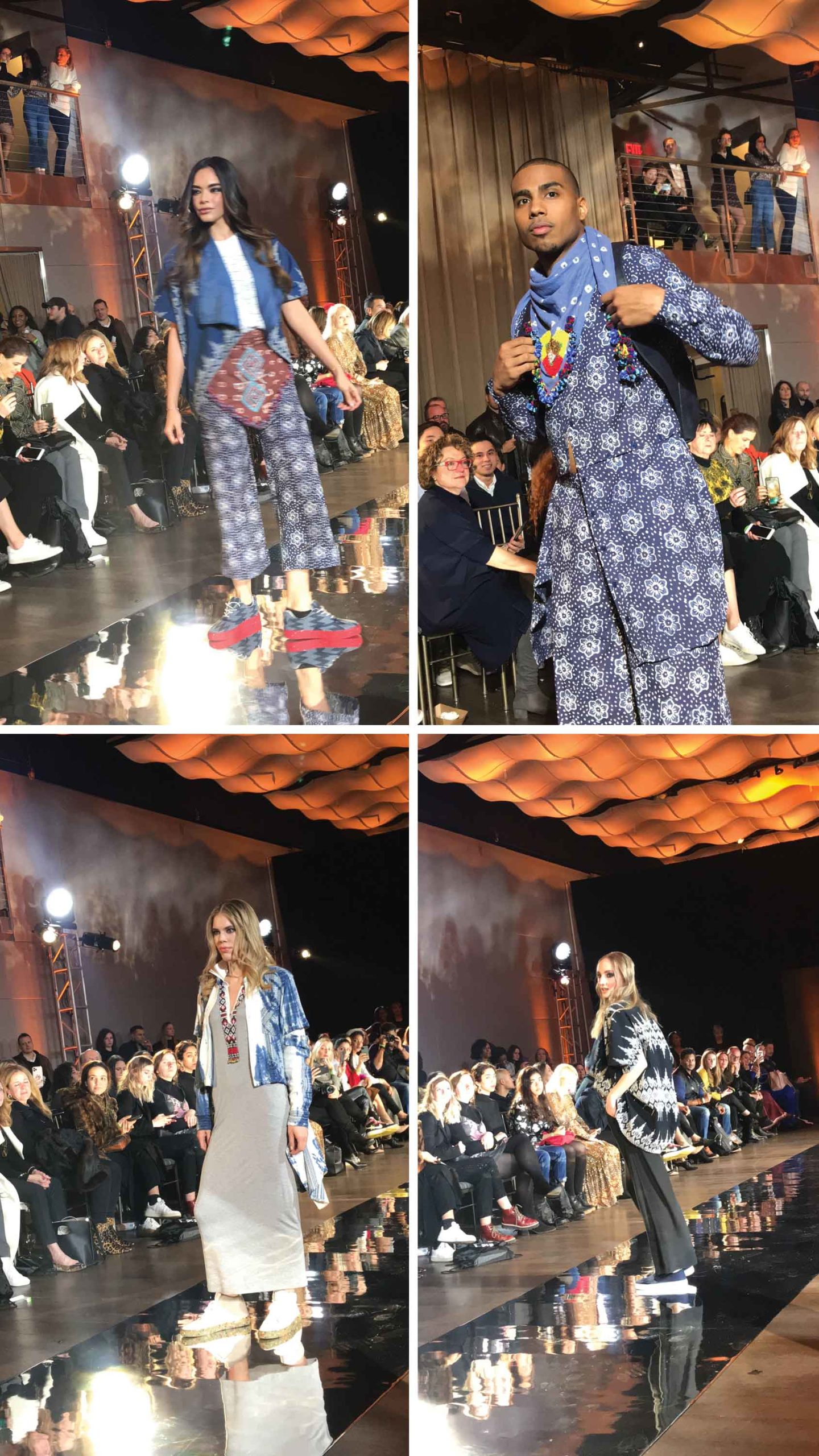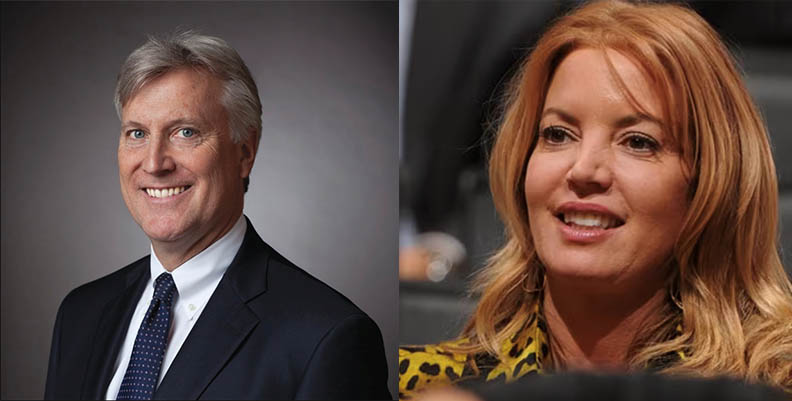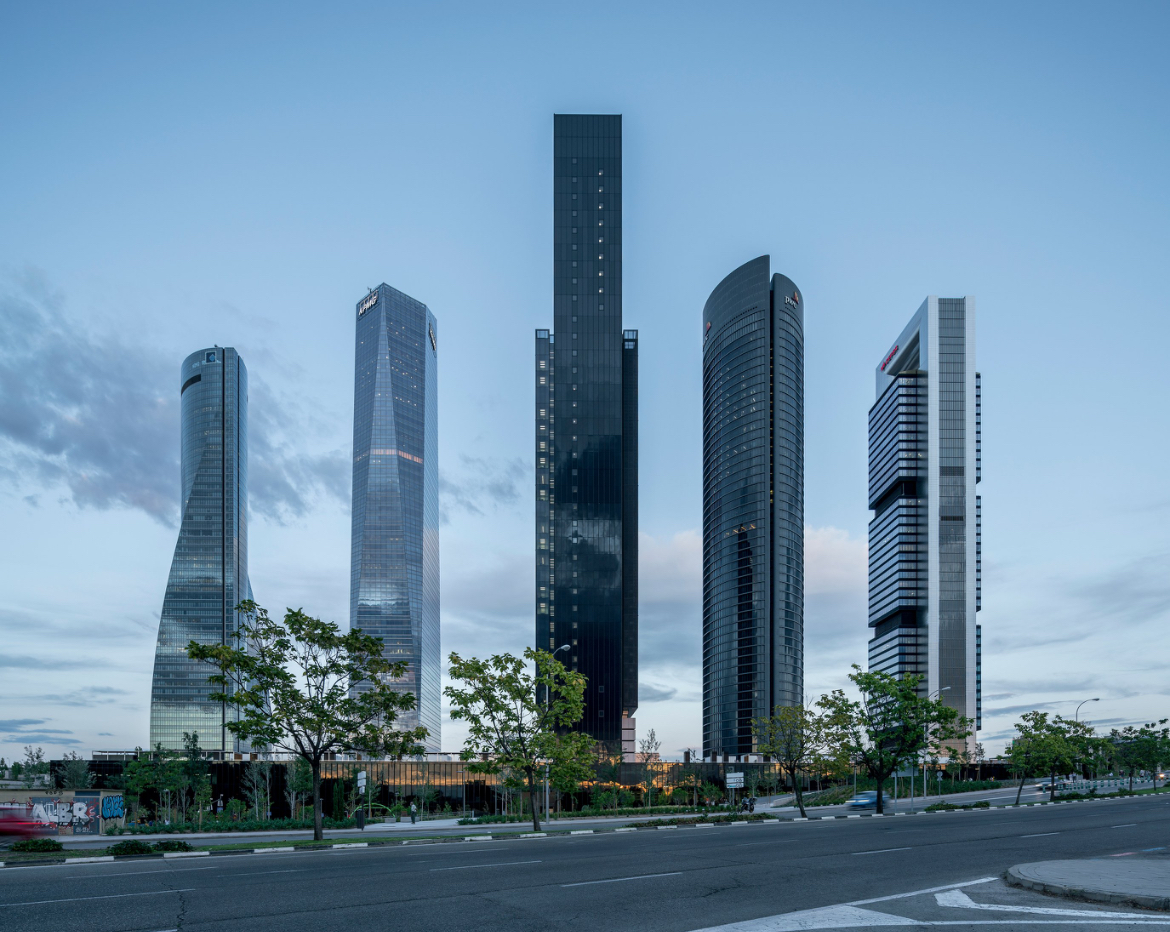The words “fashion” and “sustainability” were rarely ever used in the same sentence before.
However, things began to change when people began talking about climate change and its chilling effects on the planet, and policies were made in order to make sure that the next generations to come would have a future.
This was the impetus for Filipina American designer Claire Powers.
Her epiphany happened the first time she held her sister’s baby who was then a week old. Knowing what she knew about the usual practices done in the industry (which she calls “natural phenomena, because they happen all the time”), she told herself she was going to make a stand.
Armed with decades of experience and know-how due to her work in fast fashion, she decided to start her own eco company in 2007. However, her timing was not right because the economy tanked the following year and she decided to close shop and return to the world of fast fashion.

Fast forward 10 years and the baby she was now holding was her own. She knew she was not going back to her old world. She knew it was time to start something new.
And that was how KINdom was born.
When Powers started KINdom in 2017, she reached out to the Philippine government and a couple of non-profit organizations for her to be connected to the indigenous communities that need help the most because she wanted to help the most impoverished and marginalized tribes. She also went to local Philippine cultural trade shows and connected with other artisan weavers, and bought directly from them as well.
“The Philippines is a nation with a rich culture, and with my passion being in fashion, I have a purpose and expertise to help preserve and protect it, as it is the roots and identity that future generations will have, so they don’t just read about it in textbooks or see disintegrating textiles in museums,” Powers said.
The designer was surprised to learn that in Tawi-Tawi — a province in the Bangsamoro Autonomous Region in Muslim Mindanao — there was only one weaver left, and there is no one to pass the weaving art to because no one wants to learn it.
“It’s sad that the art and heritage for that indigenous community may die out,” she said.
At a recent fashion show in New York coinciding with Fashion Week and focusing on sustainability, Powers showcased items she sourced out from various tribes like T’boli, Iranun, Bagobo and Yakan in the Philippines and Xhosa in South Africa.

Sustainable fashion
About 93 billion cubic meters of water — enough to meet the needs of five million people — is used by the fashion industry annually, and around half a million tons of microfiber, which is the equivalent of 3 million barrels of oil, is now being dumped into the ocean every year, according to the UN Conference on Trade and Development (UNCTAD).
The fashion industry also generates around 10% of global carbon emissions, more than all international flights and maritime shipping combined.
As someone who spent decades designing and working in fast fashion, Powers had firsthand experience in seeing the ugly side of things. It has been said that the amount of water used to prepare and make one pair of jeans is equivalent to the amount of water the average person drinks over a period of seven years, according to experts.
Asked about where she thinks sustainable fashion is right now and how far is it from the ideal, Powers said that it is still in the early adopter stage.
“We are still a long way away from the ideal, because the masses have been trained to consume fast fashion at cheap prices, which have been, and still is, destroying the environment and continuing the unethical treatment of workers,” she explained.
It’s not all grim, however, since there seems to be growth every year.
“The good news is, I’m seeing it grow exponentially each year, especially in 2019, when they introduced the UN (United Nations) Alliance for Sustainable Fashion (which follows the UN’s Sustainable Development Goals) and the rise of youth activist Greta Thunberg. It’s just a matter of continuing to educate both consumers and corporations on how important sustainability is, and to keep pushing eco-efforts in order to make a difference,” she said.
Producers and consumers of fashion are increasingly waking up to the idea that the industry needs to change. A number of companies, including large volume retailers, are integrating sustainability principles into their business strategies.
Because sustainable fashion is in the early adopter stage, it only distributes to a small market. An article from a major fashion media discussed how there is a sustainability gap that needs to be bridged between brands and consumers.
“Being from a fast fashion background with the knowledge of both worlds, I know how to bridge that gap, but it’s up to the shareholders and stakeholders of fast fashion brands and retailers to decide if they are going to stay with the status quo and destroy the planet and its people, or are they going to do something about it?” Powers asked.
The fashion industry is a $2.4 trillion-dollar industry that employs approximately 60 million people worldwide—most of them women—and the scale of the industry is only expected to grow over the coming years.
Smaller companies like KINdom are helping change the environmental landscape of fashion and building sustainability into their whole business model.

Design process
Powers describes her design process as something not too complicated.
“It’s actually very brief, because having your own fashion business, you must split your time between technical development, production, sales and distribution, marketing, accounting, etc. I would love to take a few days to really sketch and explore what the designs will be, but at this moment, I’m lucky if I put in a few hours each month in designing,” she shared.
Luckily with the experience she has earned in the last couple of decades, she tries to focus and maximize what little design time she has when she gets into design mode.
Powers follows and adheres to the UN’s Sustainable Development Goals (SDGs) when she designs, among them #17, which is Partnership for the Goals. By collaborating with other artists or organizations, it helps the design process while at the same time, educate others about the importance of sustainability.
The SDGs are global objectives set by the United Nations in 2015 dealing with issues including poverty, hunger, health and well-being, education, equality, sanitation, climate action, peace and justice and more.
Growing KINdom
At KINdom, it is all about the relationship between humans and nature, and that is why they carry it in their name.
“We are created from the same building blocks of the universe, and we are related to each other. We are KIN, and that is what we stand for,” Powers said. “We are of the same elements that make up the world around us and beyond the reaches of space. Let’s build an environment where we are all connected.”
That interconnectivity with the environment is what propels KINdom to reach greater heights.
Powers told us that in order to promote sustainability, they use a variety of fabrics in their designs, from indigenous to sustainable, reclaimed, recycled fabrics. They also use ethical, certified and compliant factories to make sure that there’s no child labor and the workers are treated fairly.
“We also use sustainable packaging. Every single garment or product shipped from anywhere in the world has to be packed individually in its own plastic to protect it from damage. If there’s 80 billion garments that get produced every year, that’s 80 billion pieces of plastic,” she said. “Ours is made from vegetable resources, the minimums are high because it is not common practice in the industry. I refuse to pack our products in [a] plastic bag.”
Her dream now is to expand the market by increasing sales and distribution for KINdom and she is doing it by adding sales distribution to major retailers who need help understanding how to convert their business model to be more sustainable, decreasing the space of that gap and bridge sustainability, and reducing the amount of pollution and reliance on the planet’s finite resources.
Powers is also hopeful that consumers get to be more mindful and aware of their purchases, particularly since it takes two to tango, and with informed and conscious consumers, the industry will be forced to adapt to their needs.
“It’s also up to the consumers to say ‘enough is enough,’ and demand more sustainability from companies, and choose to purchase and consume sustainable products versus products that pollute the planet,” she said.







Kindom is making a stand . I support its purpose. Of protecting. Our planet for the next generations. It’s design is unique, practical , comfortable and fashionable . Each time I wear my Kindom outfit people notice something different. and always asked where I got it. Combining great material and accentuating it with unique artisan work , it can’t go un noticed